These are all the electric cars eligible for the UK's £2,500 plug-in car grant (updated)
All the cars, brand by brand
LAST MONTH, the government announced that it would be reducing the scope of its plug-in car grant (PiCG), which is designed to encourage drivers out of their petrol and diesel cars, and into pure-electric alternatives.
The re-evaluation of the grant became necessary due to the increasing popularity of electric vehicles, said the Department of Transport, sales of which increased by more than 185% in 2020, despite the fact that sales of new cars generally dropped by nearly a third.
Under the revised system, the grant will give customers £2,500 off the price of a new electric car — £500 less than before — and will only be applicable on cars with a price tag under £35,000. Previously, it applied to all cars costing less than £50,000.
This means that many cars, including the Tesla Model 3 and Ford Mustang Mach E — both of which start at just over £40,000 — have become £3,000 more expensive.
However, many cars are still eligible for the PiCG, or have had their prices adjusted to make sure they continue to fly under the £35,000 upper limit. You can find all of them below, sorted by manufacturer.
BMW
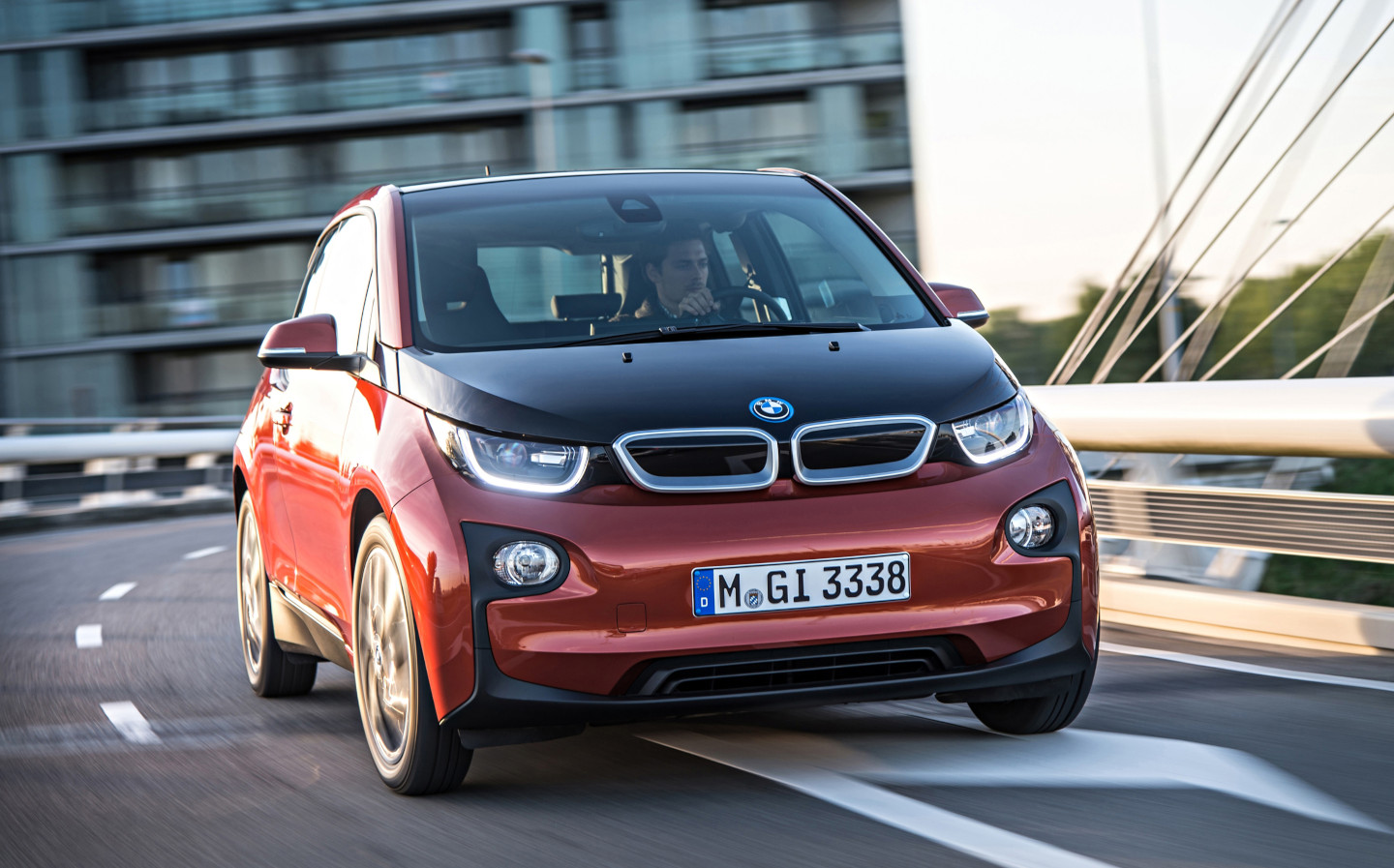
BMW is one of several manufacturers to have tinkered with its prices in order to ensure coverage by the new PiCG. As a luxury manufacturer, the majority of its electric line-up (including the iX3 and the upcoming i4 and iX) are way outside the remit of the grant, but the dinky i3 — and its sporty sibling, the i3s — are just close enough to the limit to make a price reduction financially viable for BMW. You’ll have to be stingy with the options list, though.
Citroën
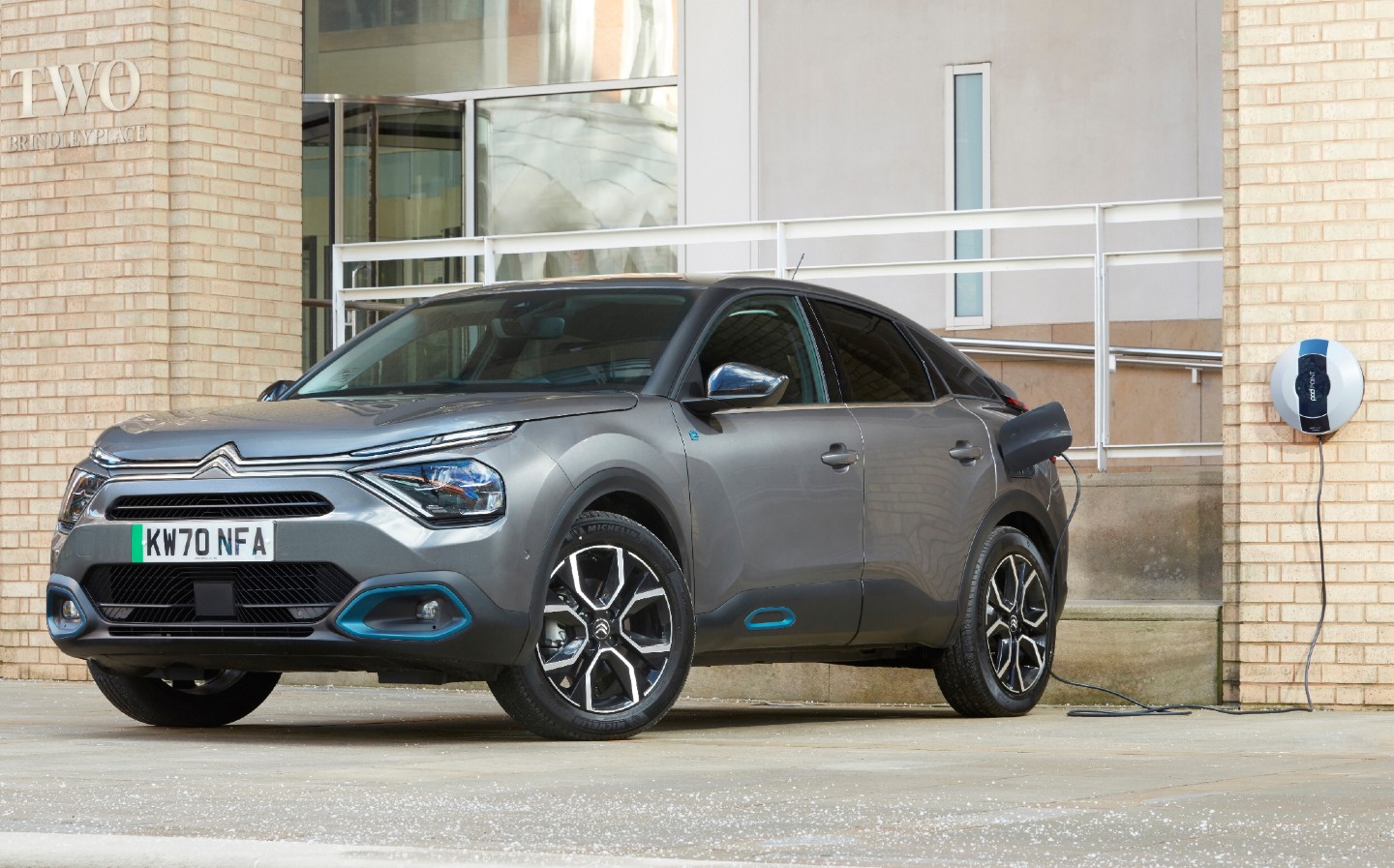
In his recent review of the new Citroën C4 and its electric counterpart, the ë-C4, Driving.co.uk editor Will Dron decided that the zero-emission version of the uniquely-styled hatchback was definitely the one to go for. Not only is it quieter and cleaner, but it’s also nippier around town, has a much better ride and avoids the petrol model’s rather dim-witted gearbox and hesitant stop-start system.
And because Citroen has adjusted its prices following the government’s announcement, even the top spec Shine Plus version of the ë-C4 costs less than the £35,000 PiCG upper limit (by £5). Get it in this trim and it comes with a suite of driver assist systems, an upgraded stereo, heated seats and wireless phone charging. With the government grant, that’ll be £32,495, thank you very much.
DS Automobiles
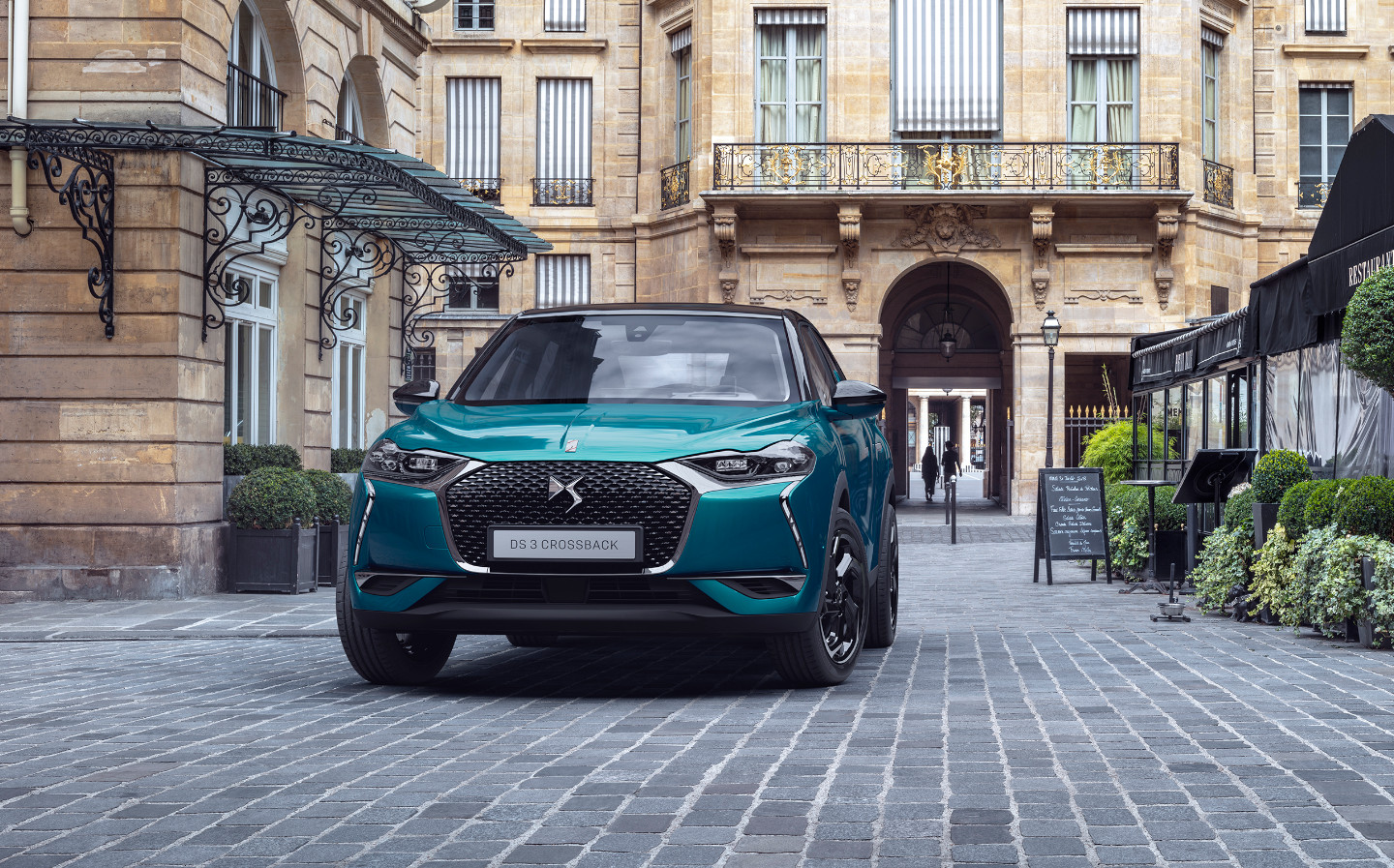
The only fully battery-powered offering from DS Automobiles, which was formerly the luxury arm of Citroën, at the time of writing is the DS3 Crossback E-Tense, an electric crossover. Its pricing means that while some versions are still eligible for the PiCG, others are not.
The Prestige and Performance Line trims, which come with creature comforts including rear parking sensors and fancy alloy wheels, are £34,000 and £34,400 respectively. However, if you want 3D sat nav and LED lights, you’ll need the Performance Line+, which takes the cost up to £37,400, meaning the government grant no longer applies.
That means that the price jump between the Performance Line and the Performance Line+ goes from £3,000 to £5,500. You’re going to have to ask yourself how much you value those LEDs.
Honda
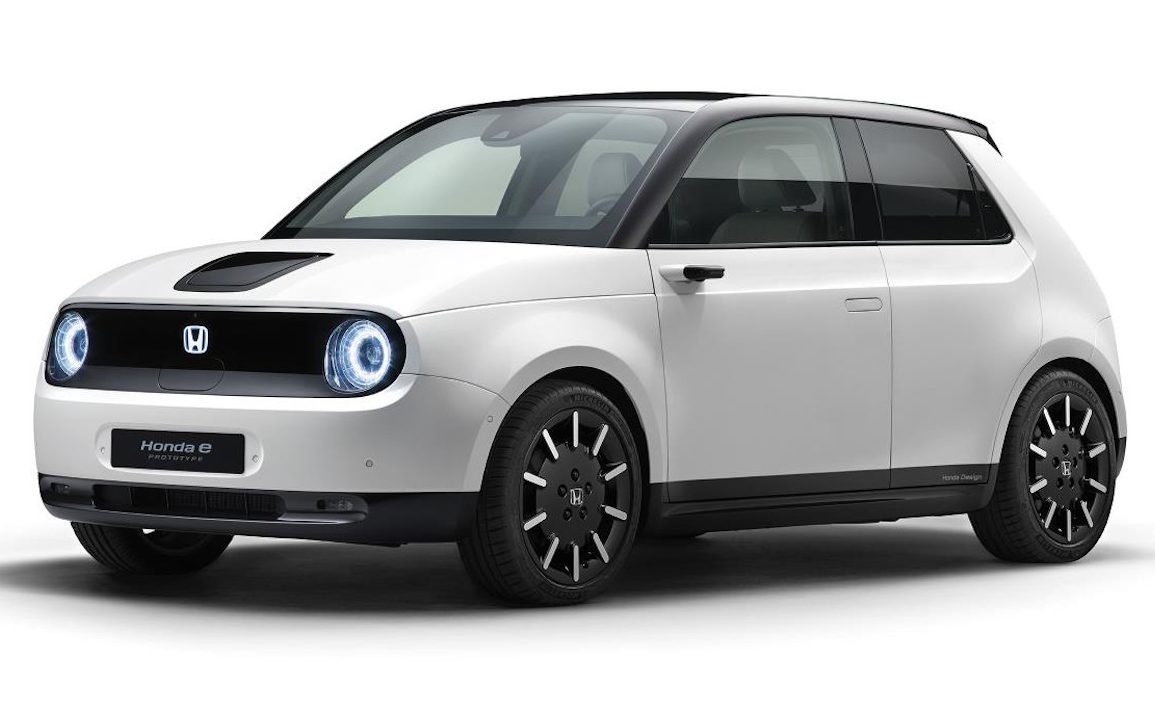
Honda’s superlatively cute city car, the Honda e, plucked the heartstrings of the motoring media when it hit roads last year, despite a couple of shortfalls including a range between charges as diminutive as its dimensions.
It enchanted us so much, though, that Sunday Times Driving named the Honda e its City/Small Car of the Year at the 2020 Motor Awards, with the judges citing its tech-saturated interior, responsive motor and astonishing turning circle. Its price comes way below the £35,000 threshold — even the Advance model, which comes with a few extra horsepower, is easily covered.
Hyundai
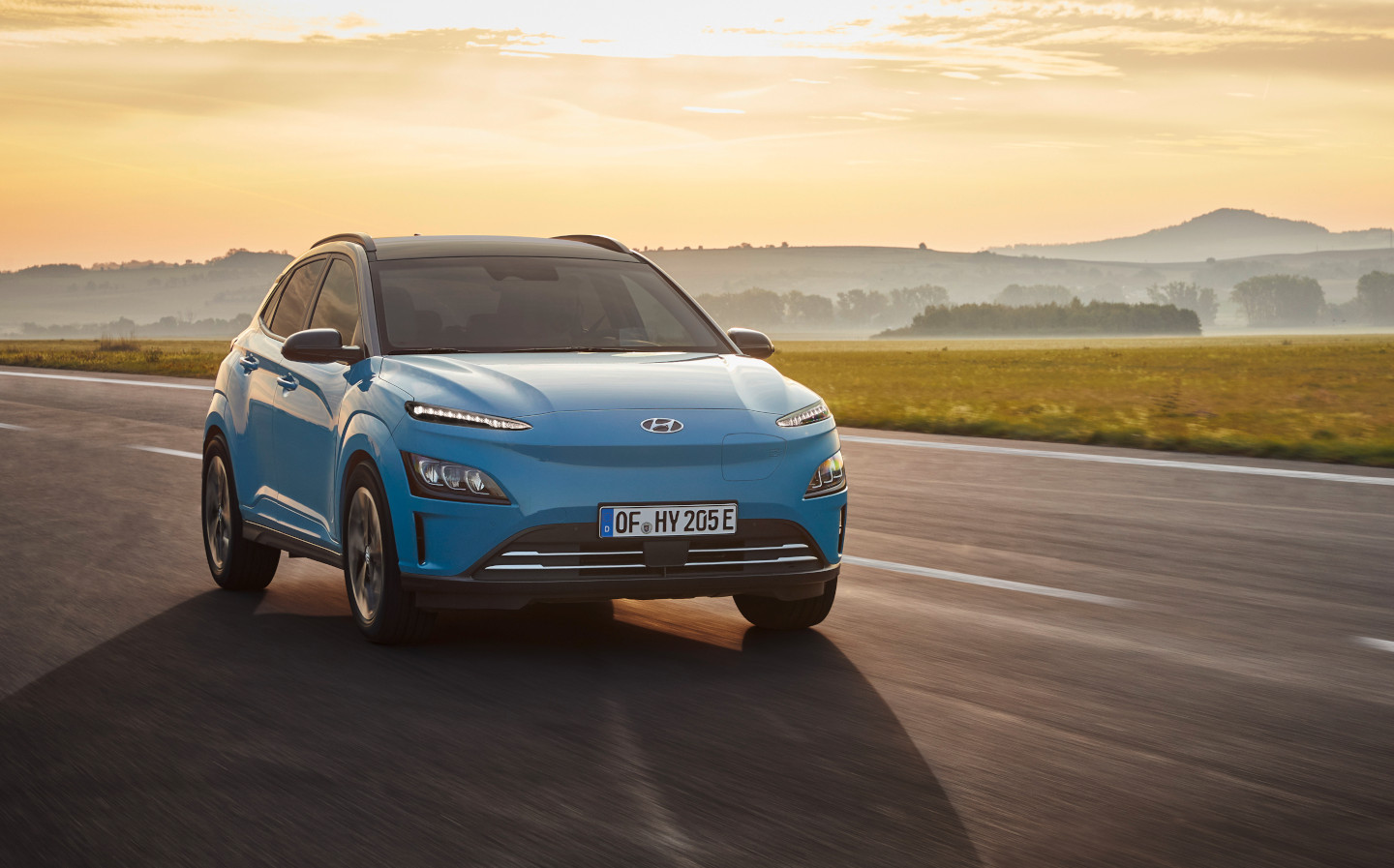
Hyundai has become one of the brands to lower the prices of its models in response to the PiCG’s change of terms. The Kona EV is now available in all trims up to “ultimate”, meaning that you can get the longer-range 64KWh model with the £2,500 discount. With the ability to do 300 miles between charges, it’s the longest-range model still covered by the grant.
Furthermore, all specs of the Ioniq saloon are covered by the grant, thanks to Hyundai’s price reductions.
The company’s new model, the frankly stunning Ioniq 5, wil, l cost £45,000 when it hits the roads in top-spec “Project 45” guise later this year, meaning it isn’t covered by the updated plug-in grant. Cheaper versions will go on sale soon but it’s unlikely they’ll dip below £35,000.
Kia
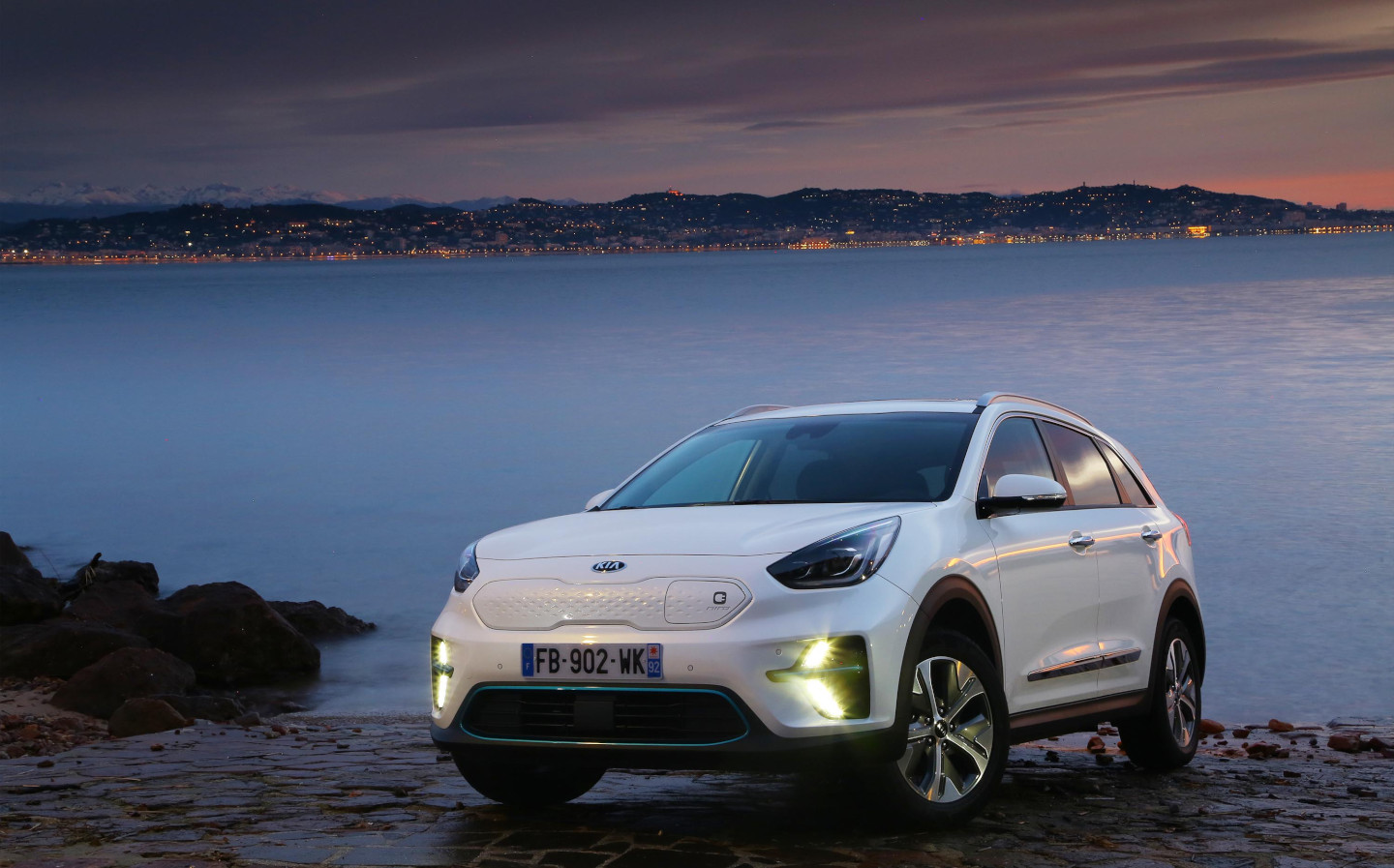
Hyundai’s sister brand also has two electric models for sale but unlike Hyundai, only one of them is covered by the grant after its reduction at the moment — the e-Niro SUV — and only in the “2” trim, which has an 180-mile range, 100 miles less than that offered by the long-range e-Niro “3” and “4” versions.
The newer but smaller Soul EV, meanwhile, is only offered in £37,000 “First Edition” spec at present but expect cheaper versions that are covered by the grant to follow soon.
Like Hyundai, Kia has a new electric model on the horizon. The EV6, due to be fully revealed next Tuesday, will share underpinnings with the Ioniq 5 and act as Kia’s electric flagship. However, equipped with super-fast charging, a 300 mile range and a 0-60mph sprint of around five seconds, it’s unlikely to be cheap enough for the plug-in grant to apply.
Mazda
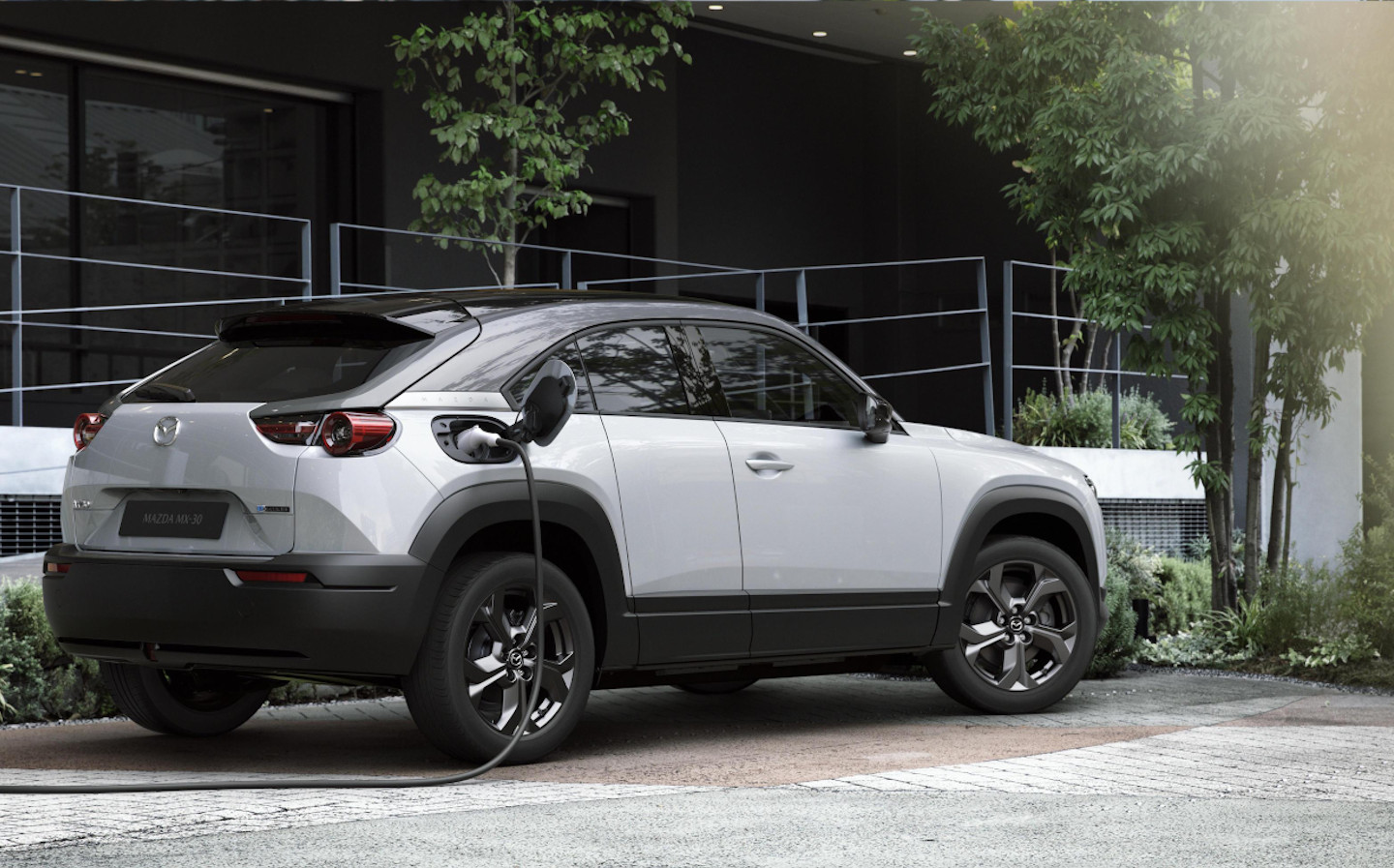
Mazda only has one electric model, the dinky MX-30 SUV, and with a price tag starting at £26,045, it’s one of the most affordable EVs on sale. However, Mazda’s mantra when it comes to EVs is to strike a balance between adequate range and low lifecycle CO2 emissions, and that’s resulted in the MX-30 receiving a small 35.5kWh battery with just 124 miles of claimed range.
However, if that doesn’t put you off, you can get an MX-30 in top-of-the-range GT Sport trim, with Bose surround sound and a heated steering wheel, for £30,895 including the government grant.
MG
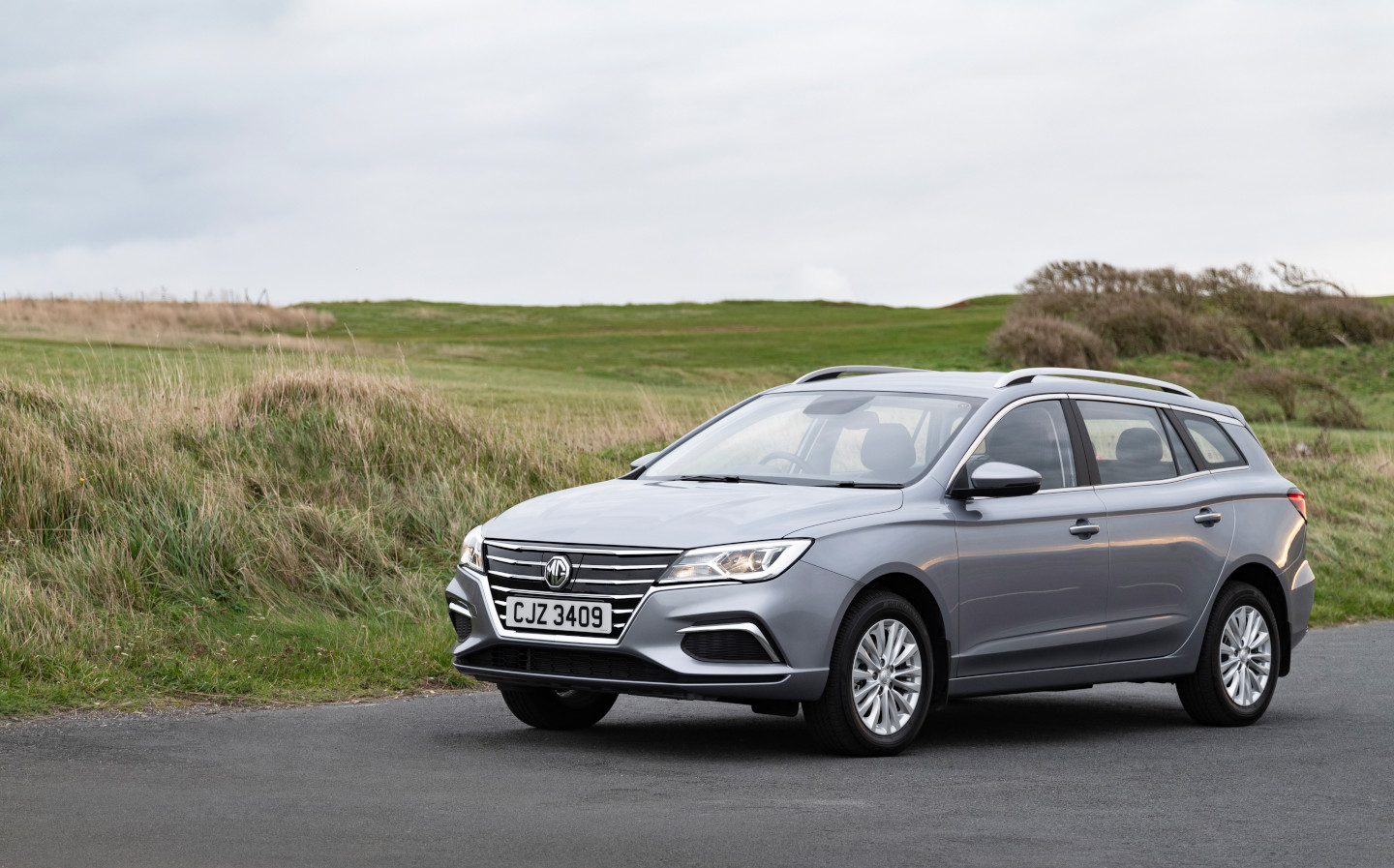
MG has become something of an unlikely leader in the world of budget EVs, and the company’s execs will undoubtedly be some of the most satisfied with the electric incentive’s new form. Both of the company’s electric models — the MG ZS EV SUV (lots of acronyms there, admittedly) and the slightly more straightforwardly named MG5 EV estate are covered by the grant in all trims.
Thanks to its 44.5kWh battery, the £25,495 ZS EV has a 163 mile range, 41 miles larger than that of the slightly pricier Mazda MX-30, while the even cheaper MG5 EV (which starts from £24,495) can go even further, with a range of 214 miles.
With 578 litres of boot space, it’s also much roomier than many of its rivals, including the Skoda Octavia Estate iV (490 litres), the Kia Ceed Sportswagon PHEV (just 437 litres). Talk about value for money.
Mini
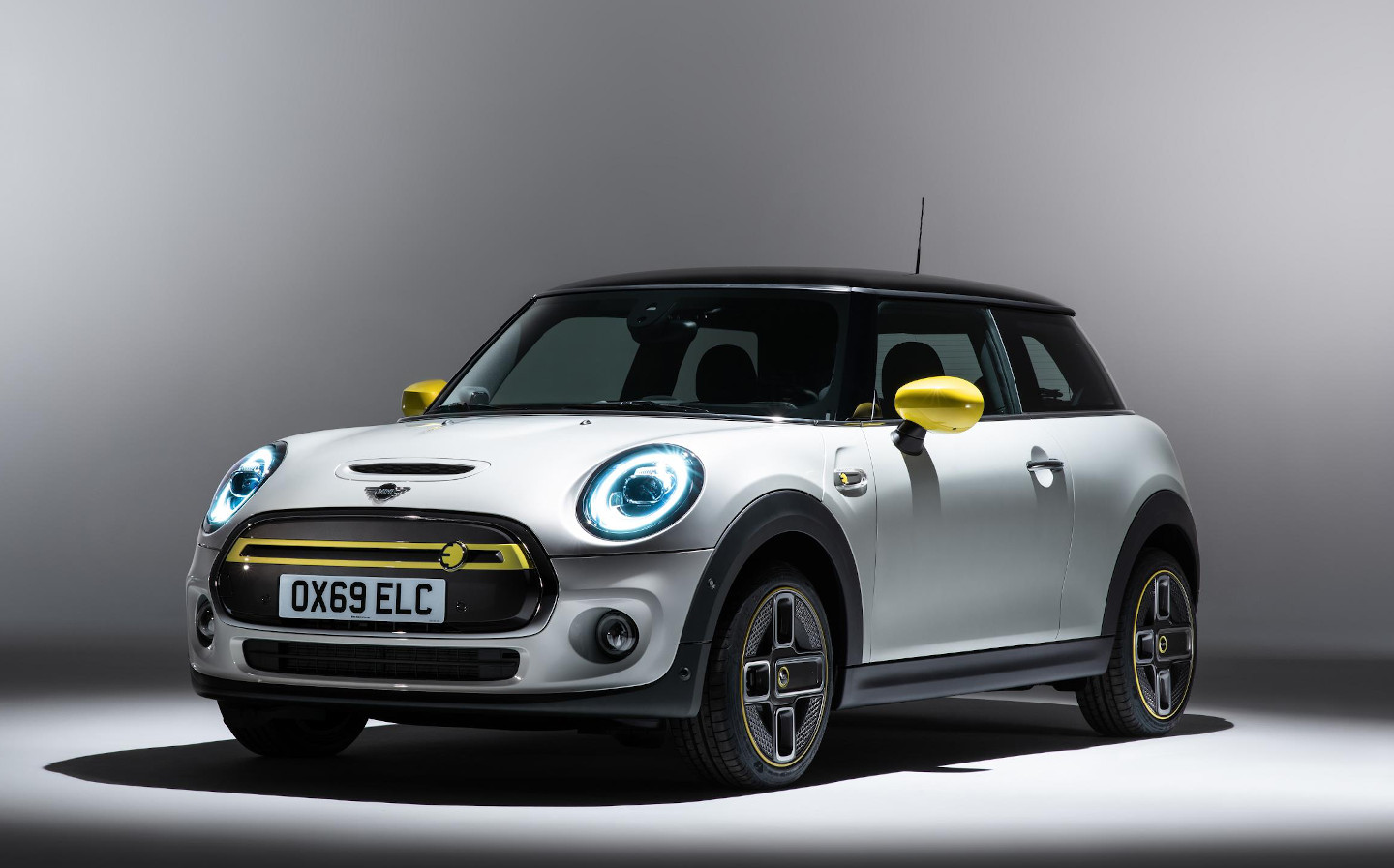
Mini’s electric hatch falls a bit short of rivals like the Peugeot e-208 or Renault Zoe when it comes to range, with the ability to do 141 miles on a single charge. However, in his long-term review of the car, Driving.co.uk editor Will Dron said that he found the Mini Electric more fun to drive than both the Zoe and the Honda e. It’s “probably more satisfying to drive than a petrol Mini Hatch, in fact,” he said, adding that the ability to rapid charge the car is more important than its maximum range.
And with a starting price of £25,100, you can get a Mini Electric in all trims up to the “3”, which comes with a panoramic sunroof, fancy speakers and a full leather interior. The only version not available with the PiCG is the top-of-the-range, £37,000 “Collection” spec, and to be honest, it’s not worth the extra five grand.
Nissan
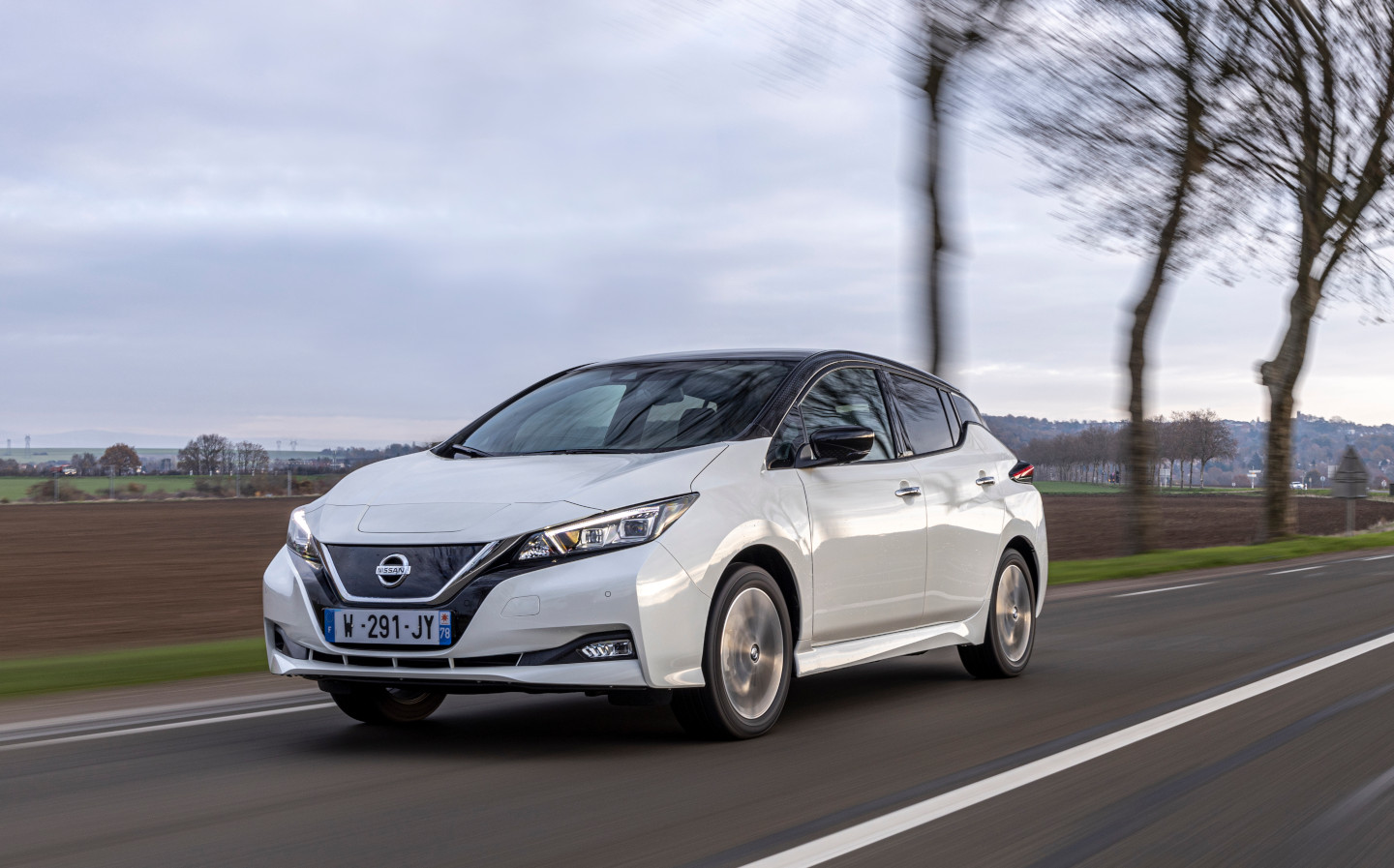
Nissan was one of the first to get into the (modern) electric car game with the Leaf hatchback, which has now been produced more times at the car maker’s Sunderland plant than the popular eighties Bluebird saloon.
The e+ version, which replaces the 168-mile-range 40kWh battery with a 62kWh unit capable of 239 miles on a single charge, was just out of reach of the new grant, starting at £35,695, but in response to the revised PiCG, Nissan has lowered its price tag, meaning that all grades and battery capacities available on the leaf are now covered.
Nissan’s MPV, the e-NV200, is also covered by the grant in both five- and seven-seat guises, as long as you’re happy with the base Visia trim. However, the car maker’s new electric SUV, the Ariya, is expected to start somewhere around £40,000, meaning that it won’t be covered under the new rules.
Peugeot
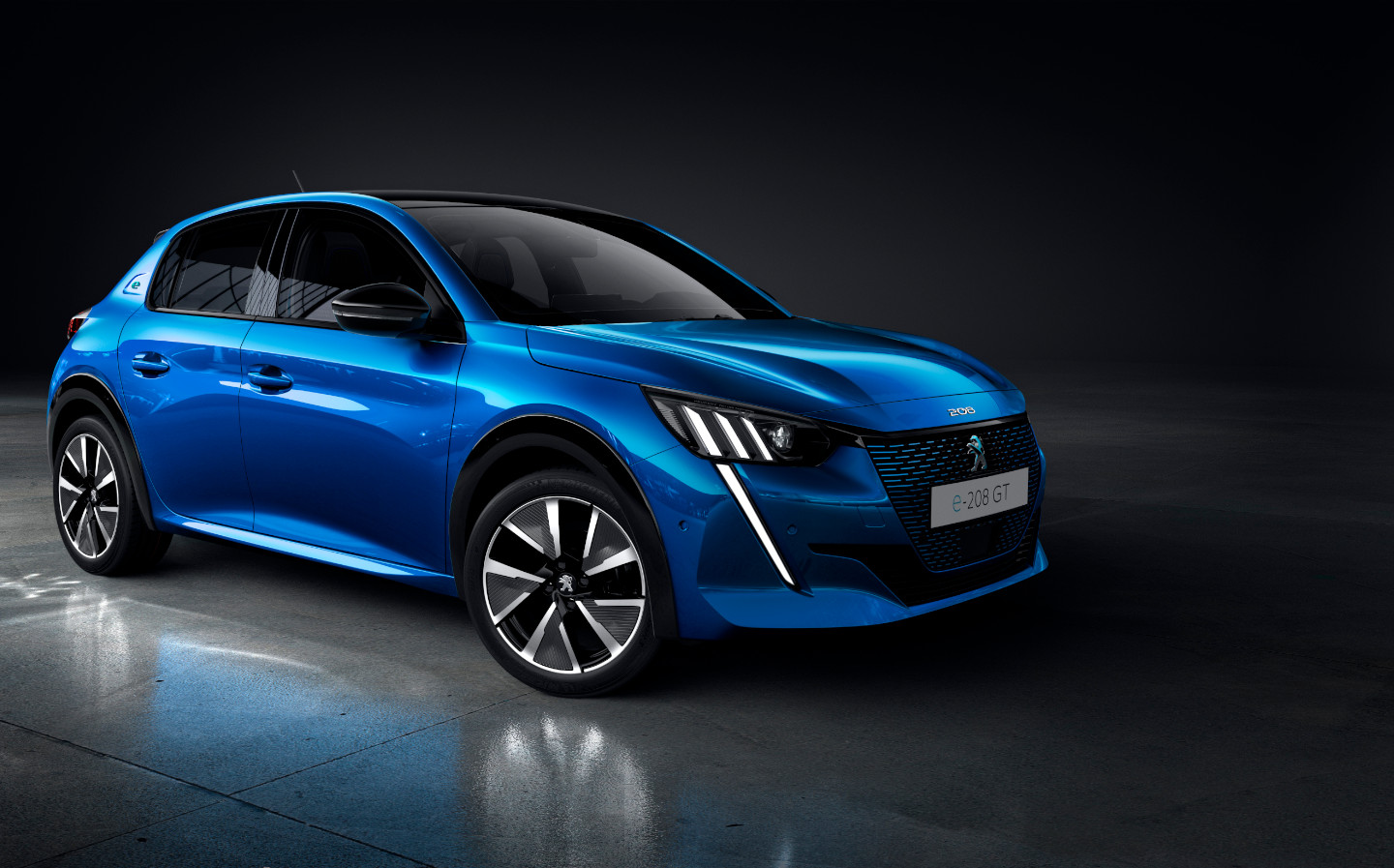
Peugeot’s e-208 hatchback wasn’t terribly well-received by Sunday Times Driving: writing in the paper, Jeremy Clarkson (who, to be fair to Peugeot, is a notorious electric car-phobe) made it clear he isn’t a fan, while Driving.co.uk’s review mourned the fact that what should have been a good car was let down by twitchy handling.
However, the Peugeot has a segment-leading 217 miles of range and all trims are covered by the government’s PiCG incentive. That includes the GT Premium, which comes with keyless entry, adaptive cruise control and heated seats.
If you want the high-riding version, the e-2008 — which Driving.co.uk rated far more highly than the supermini — you’ll have to settle for the bottom three rungs of the ladder: the Active Premium, Allure and Allure Premium trims.
Renault
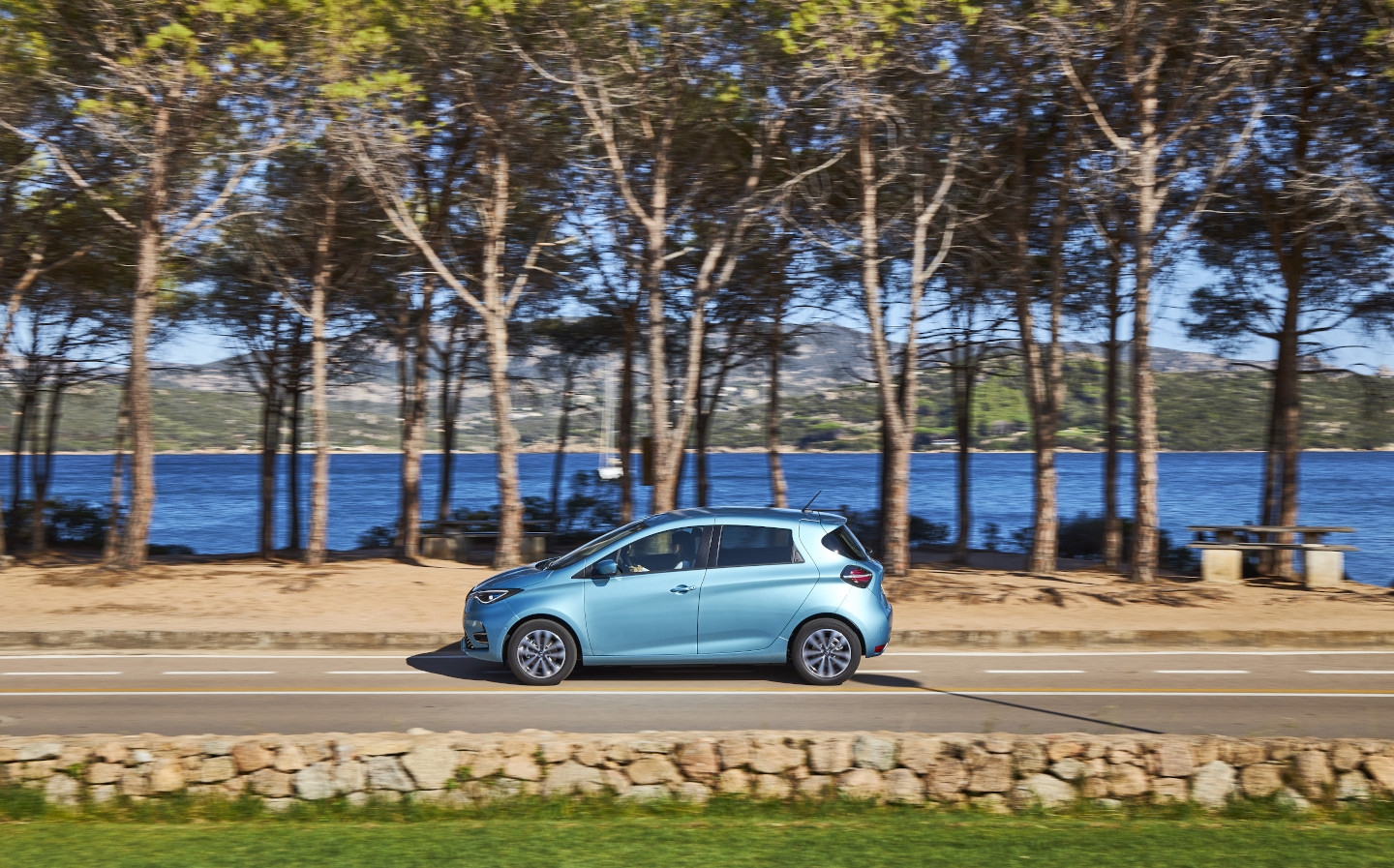
Renault’s only electric car, the Zoe (the tiny Twizy isn’t technically a car, after all) was one of the first electric superminis on the block, initially launched in 2012. That means that Renault has had nearly a decade to tweak it, and it’s now in its third generation, boasting a 52kWh battery that allows an impressive 245 miles of range from a single charge.
As with the e-208, all trims are still available with the newly-tightened PiCG; the range-topping GT Line costs £30,995 after the £2,500 deduction.
Seat
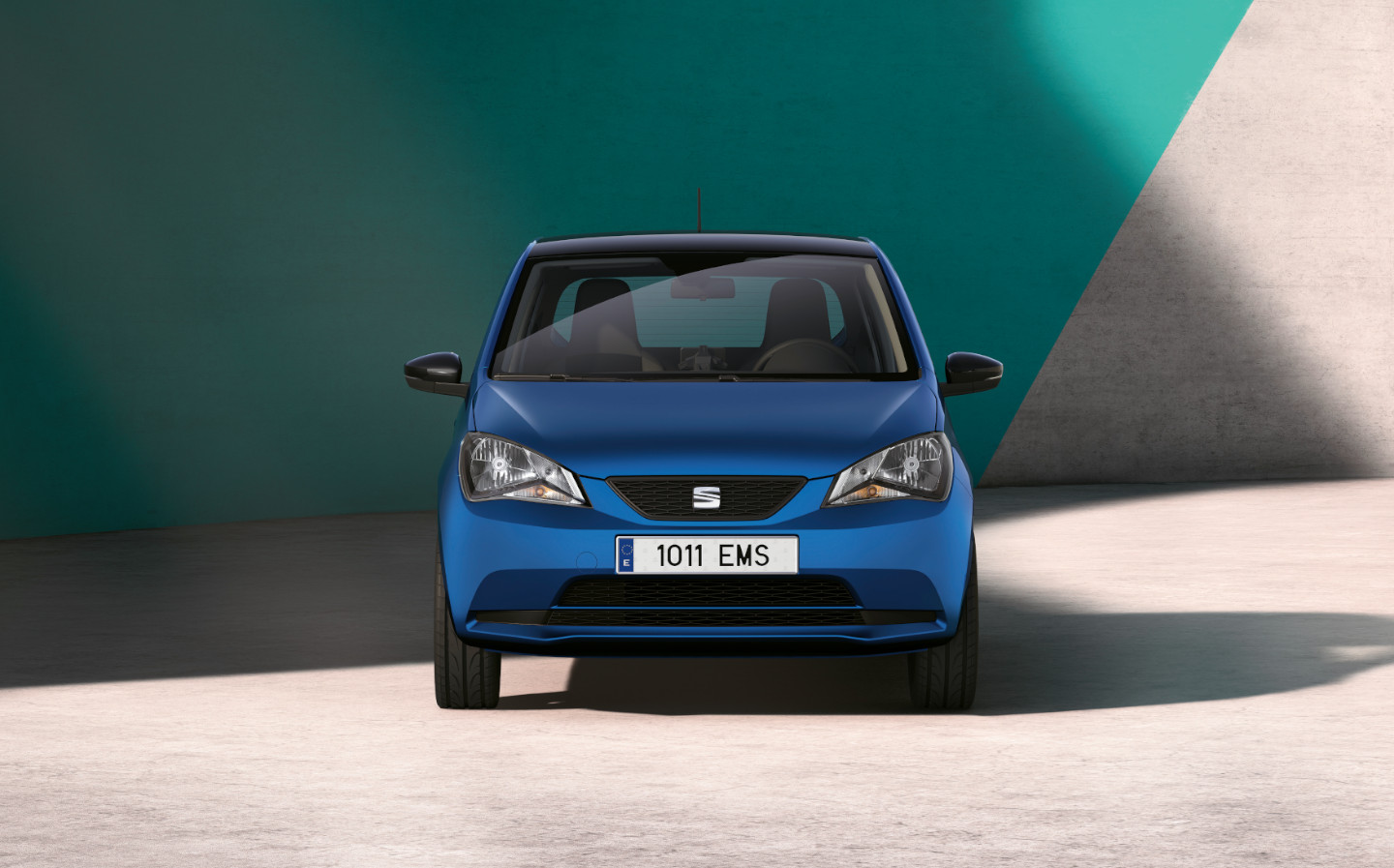
The Seat Mii Electric is, under the skin, nearly identical to the Volkswagen e-Up! and the now defunct Skoda Citigo-e iV, and is one of the cheapest electric cars available in the UK, with prices starting at just £20,300.
Although that’s not as PR-friendly as the sub-£20k price tag it had before the lowered grant, it’s more than £3,000 cheaper than its Volkswagen counterpart, and around £8,000 less than the Honda e.
And while the Mii Electric lags behind the Honda e significantly when it comes to tech, it has 33 more miles of range per charge (160 miles) — more than sufficient for city and suburban motoring.
Skoda
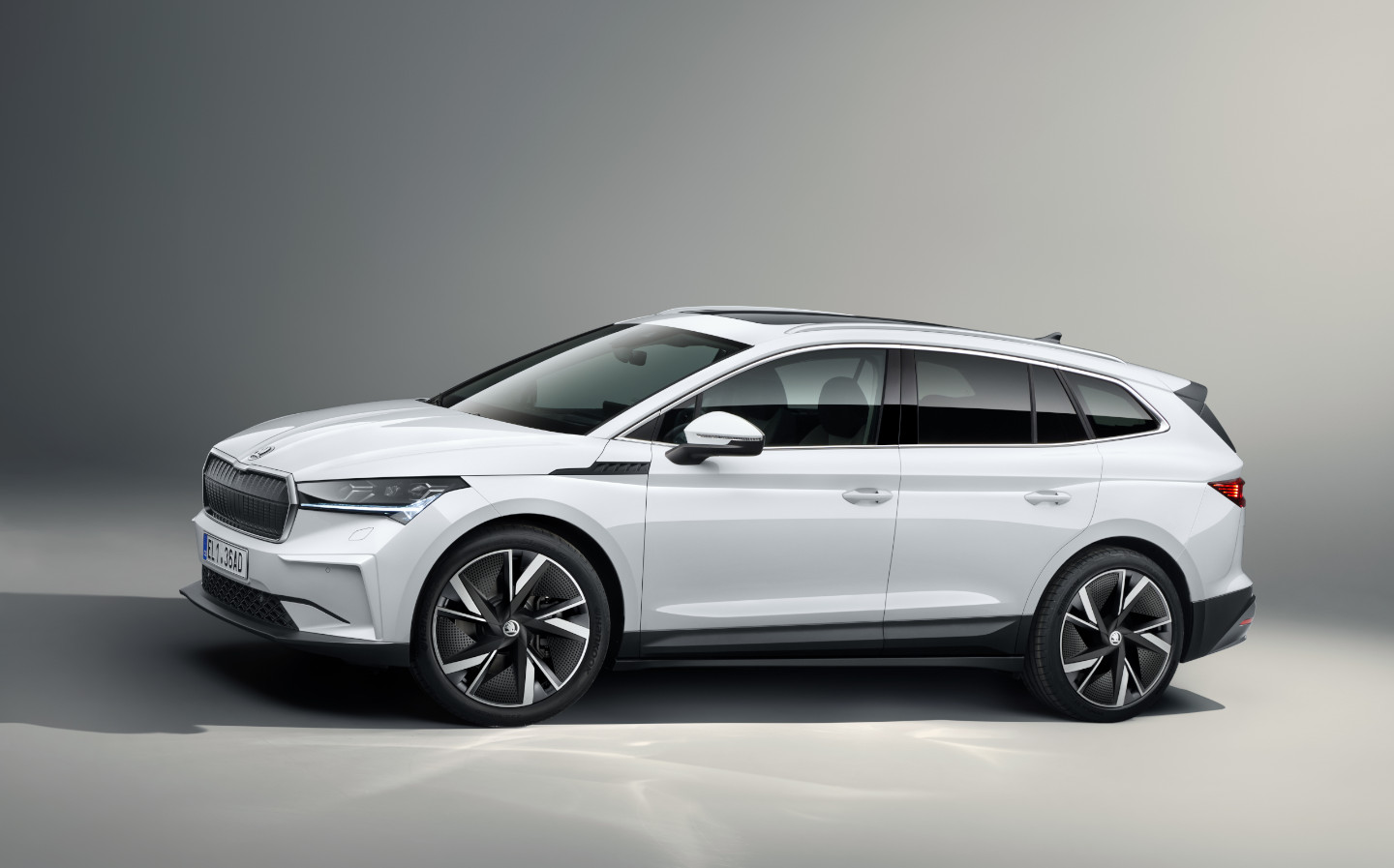
The government website lists the Citigo-e iV on its list of cars still eligible for the new grant — seemingly, it doesn’t realise the model hasn’t been available in the UK for some time. However, Skoda’s other electric model will still be eligible — the new Enyaq iV, an electric SUV.
You won’t be able to get the larger 82kWh battery with the PiCG but the base versions come with a 62kWh unit capable of taking the spacious SUV up to 256 miles. The Lodge and Loft trims are both covered, with the latter costing £32,100 when the grant is taken into account.
Smart
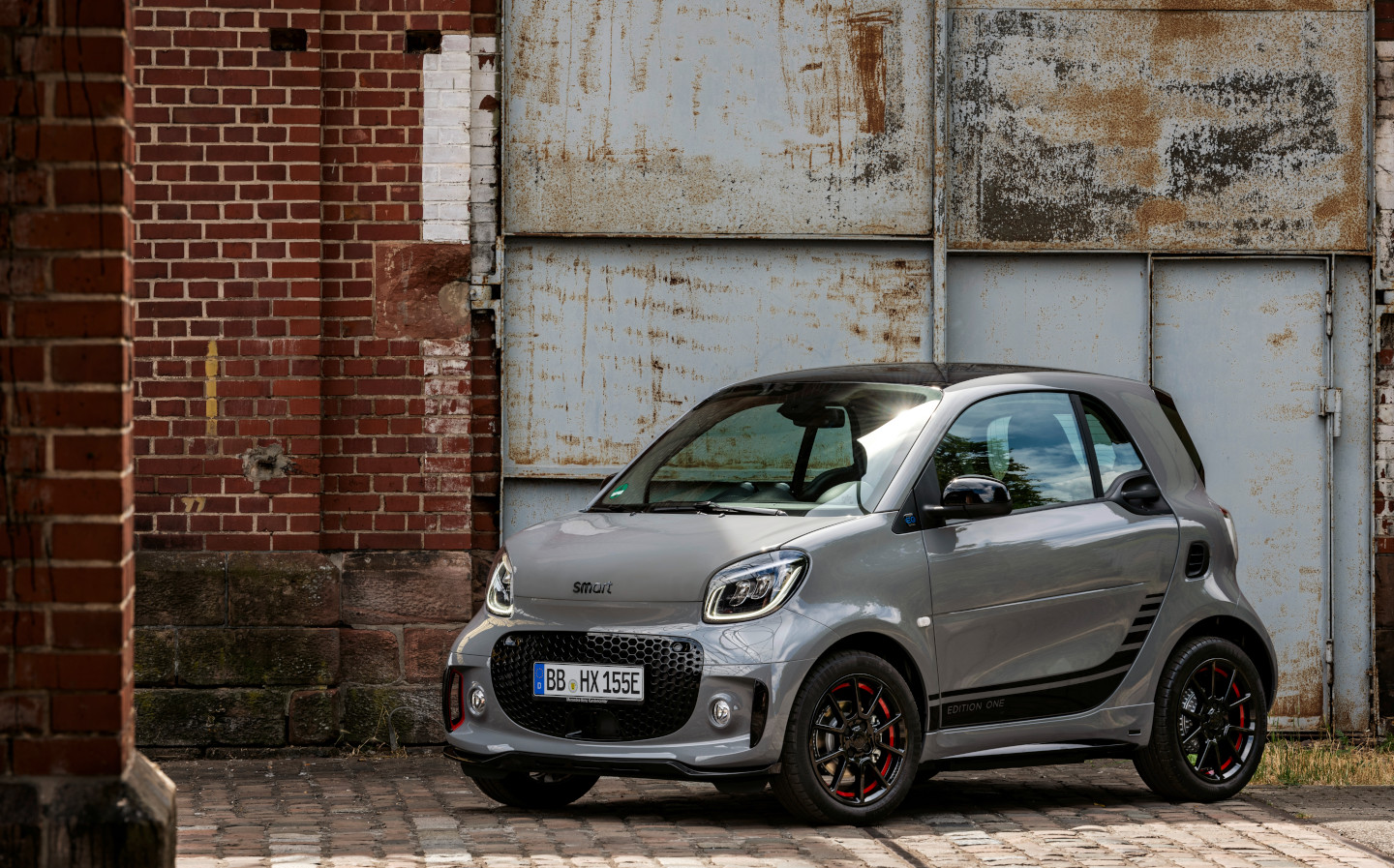
The government has said that it will review the plug-in car grant as electric cars continue to grow in popularity, meaning that its reach is likely to shrink again at some point in the future. In fact, the Transport Secretary has said it won’t last forever.
However, it’ll still be a while before the bosses over at Smart begin to sweat — all of its models, the EQ fortwo, EQ fortwo cabrio and the EQ forfour, are electric but cost well under the upper limit, with prices starting at £19,200, £21,620 and £19,795 respectively.
Vauxhall
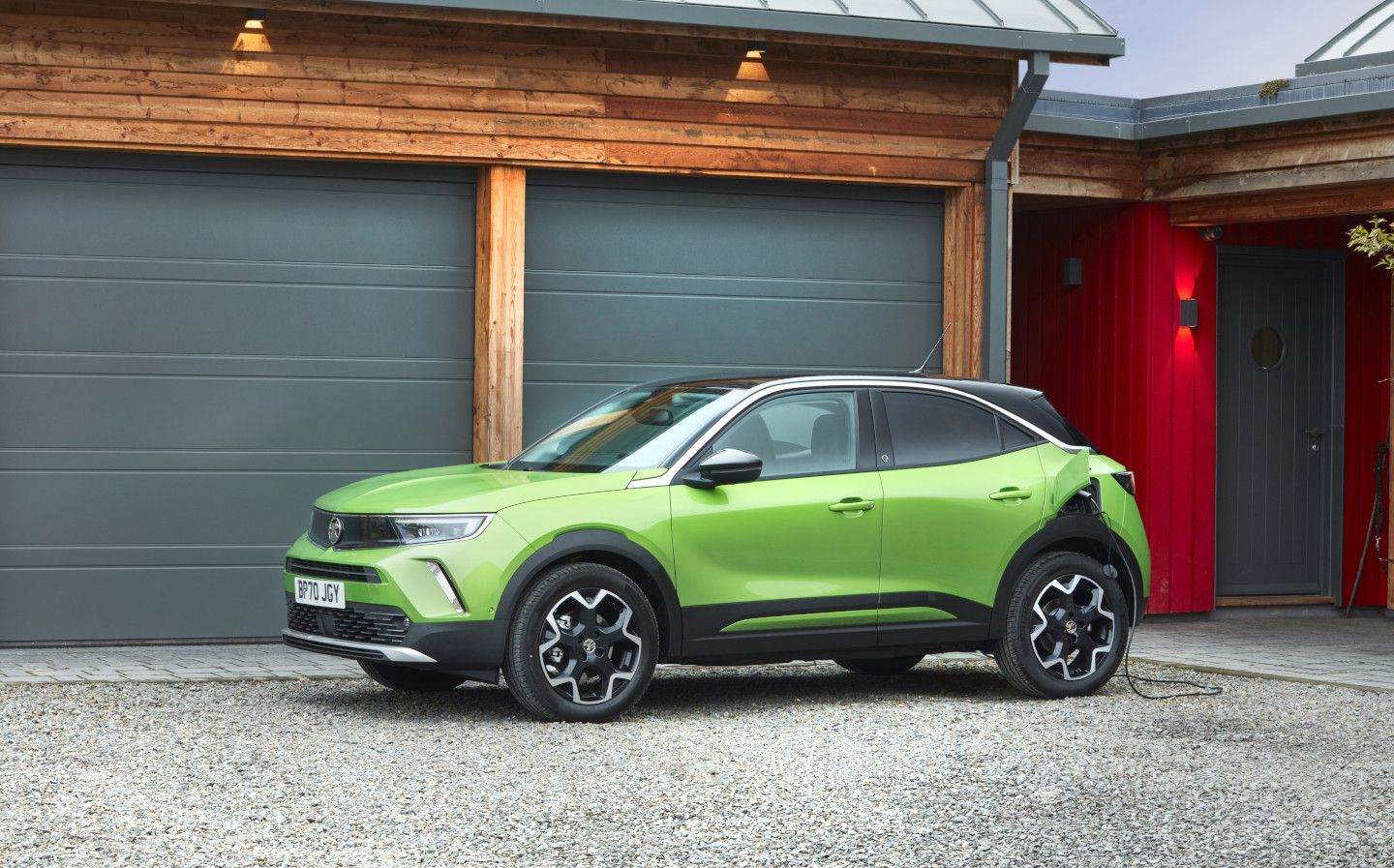
The Vauxhall Corsa-e shares a lot of underpinnings with the Peugeot e-208 — horsepower and torque figures are near identical (136bhp and 260 lb ft), and starting price is similar, too, with the difference in starting price between the two being less than £100.
However, the Vauxhall is slightly nipper, sacrificing a few miles of range for a speedier 0-60mph time (7.6 seconds compared to the Peugeot’s 8.1 seconds). As with the Peugeot, all trims of the Corsa-e are covered by the new grant.
Vauxhall’s new electric crossover, the rather handsome Mokka, is also covered by the new grant. The government website only lists the base SE Nav Premium as being eligible but Vauxhall has lowered the price of the Mokka so that it’s still covered.
Volkswagen
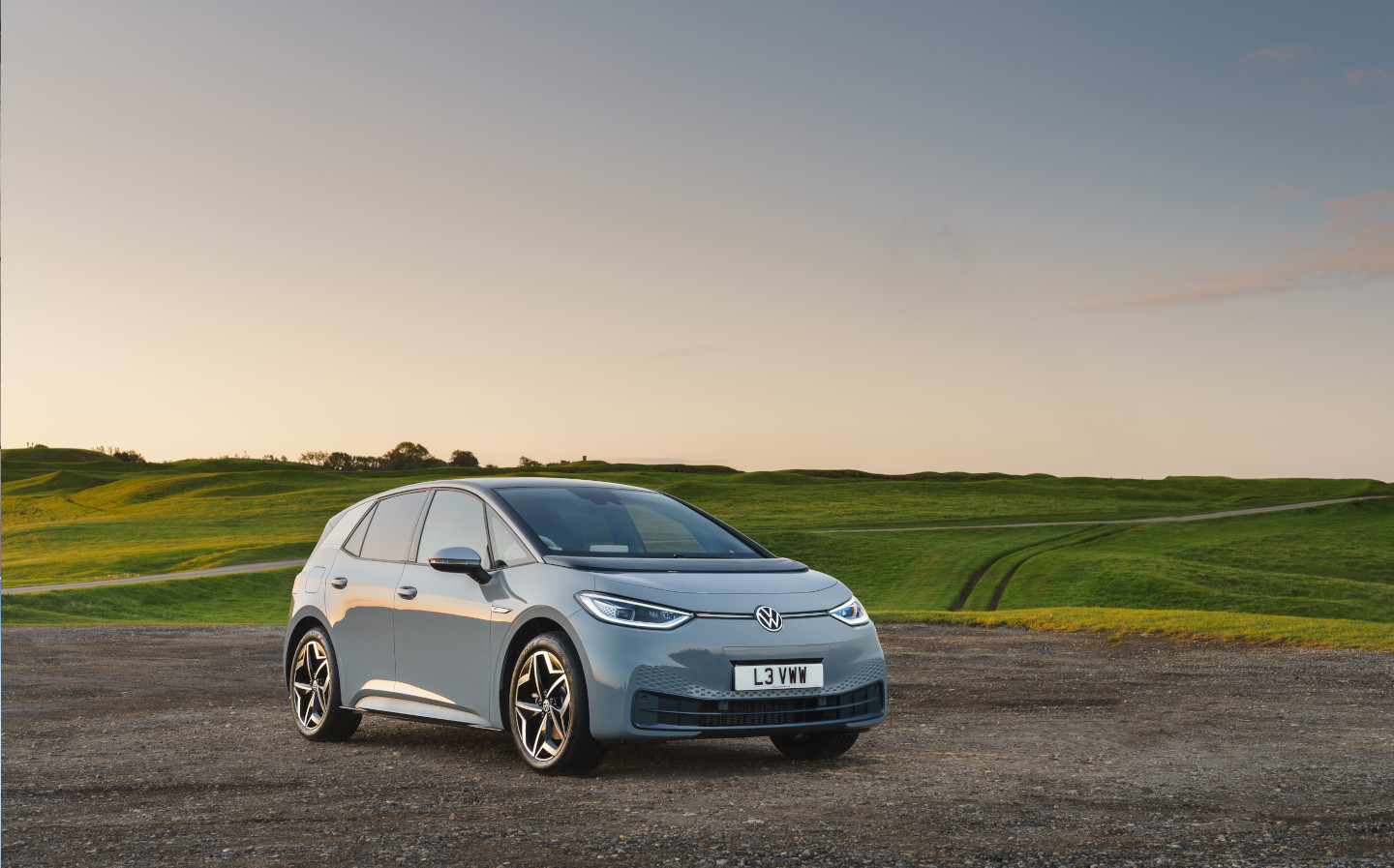
Volkswagen is on an electric offensive, and is one of the car makers with the biggest number of models eligible for the government grant — versions of the new ID.3, its flagship electric hatchback, the e-Golf and the e-Up! supermini come in at under £35,000. The only VW model not eligible at all, in fact, is the new ID.4 electric SUV.
However, the ID.3 can only attract the PiCG in the most basic Life trim, with the smaller 58kWh battery, although you can choose between the base 143bhp version, which costs £31,670, and the more powerful 202bhp version, which is £1,300 more.
Tweet to @ST_Driving Follow @ST_Driving
- After reading about all the cars still eligible for the government’s plug-in grant, you might want to read every brand’s electric vehicle plans.
- You might also be interested in what the 2021 government budget means for drivers.
- We’ve also created a handy Q&A about the 2030 ban on the sale of new petrol and diesel cars.




